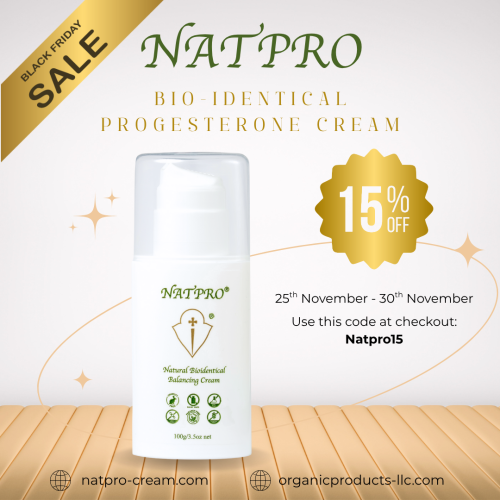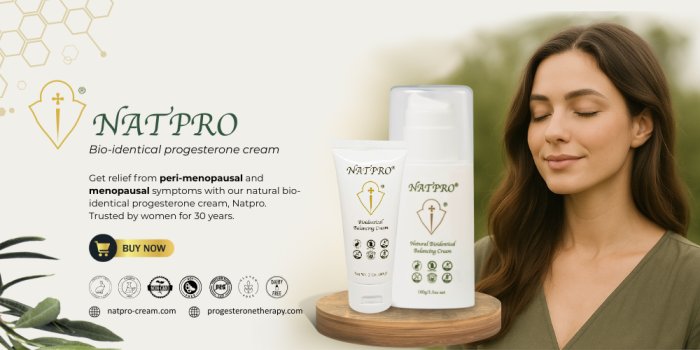Menu
HANDMADE SOAP AND SOYOIL
by Kathy
(USA)
Hi Wray, I have already bothered you once before but you seem to really know your stuff. Wanted to know your input on handmade goats milk soap that also contains soyoil.
Would it have estrogenic effects if it had soyoil in it? I also use olive oil to help with dry skin. Is it okay to use after applying my progesterone cream? Thank you so much. God Bless you for all the help you give to people.
Comments for HANDMADE SOAP AND SOYOIL
|
||
|
||
|
||
|
||
 Are you struggling with irregular cycles, unwanted hair growth, or unexplained fatigue? You’re not alone. Polycystic Ovarian Syndrome (PCOS) affects up to 10% of women of reproductive age—and many mor…
Are you struggling with irregular cycles, unwanted hair growth, or unexplained fatigue? You’re not alone. Polycystic Ovarian Syndrome (PCOS) affects up to 10% of women of reproductive age—and many mor… While progesterone is often discussed in relation to reproductive health, emerging research reveals its remarkable role in supporting brain function and protecting against neurological decline. Proges…
While progesterone is often discussed in relation to reproductive health, emerging research reveals its remarkable role in supporting brain function and protecting against neurological decline. Proges… Incase you missed it!
Today is the last day for you to claim 15% off our Natpro 100ml Dispensers. The sale ends at midnight tonight.
How to Claim Your 15% Discount:
•Shop at
Incase you missed it!
Today is the last day for you to claim 15% off our Natpro 100ml Dispensers. The sale ends at midnight tonight.
How to Claim Your 15% Discount:
•Shop at  To all our valued customers, We’ve heard your requests for more flexibility with payment options and clearer access to usage and dosage instructions, and so we’re delighted to announce the launch of o…
To all our valued customers, We’ve heard your requests for more flexibility with payment options and clearer access to usage and dosage instructions, and so we’re delighted to announce the launch of o…